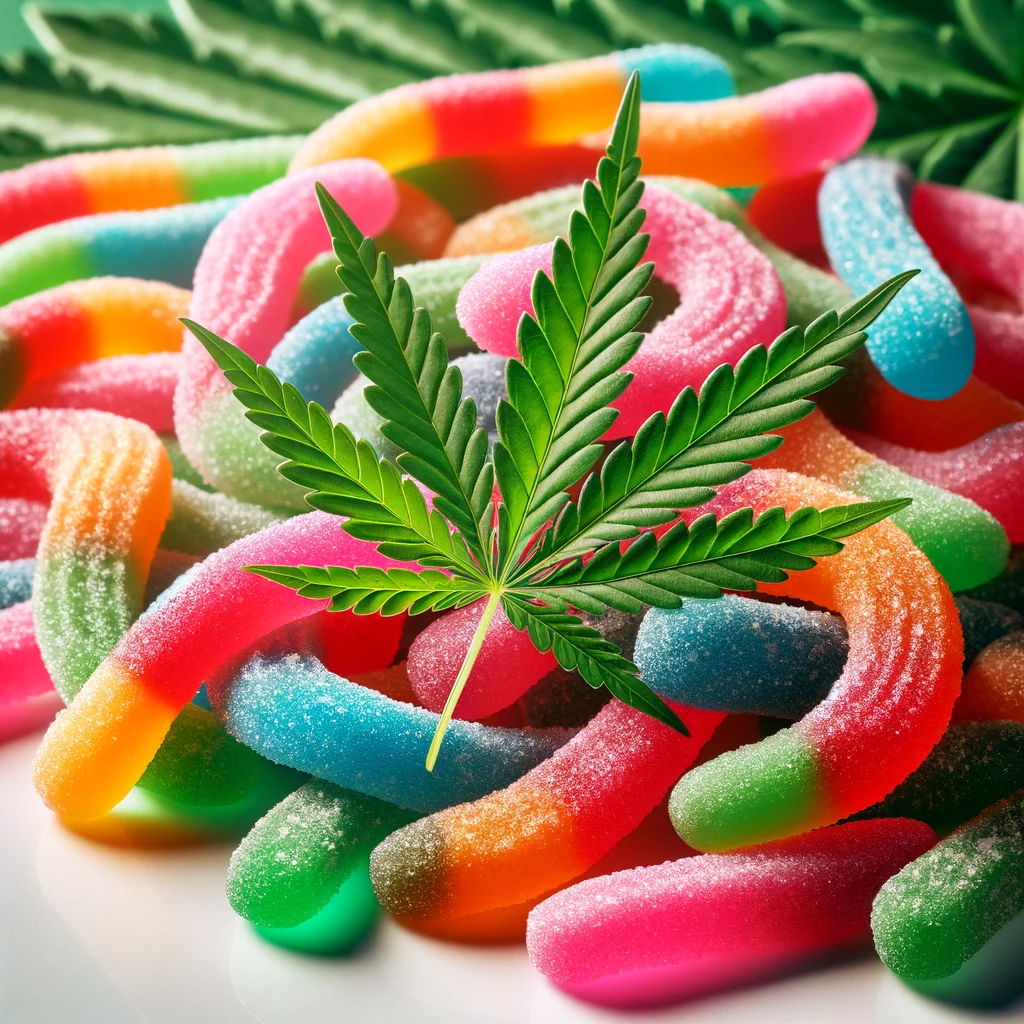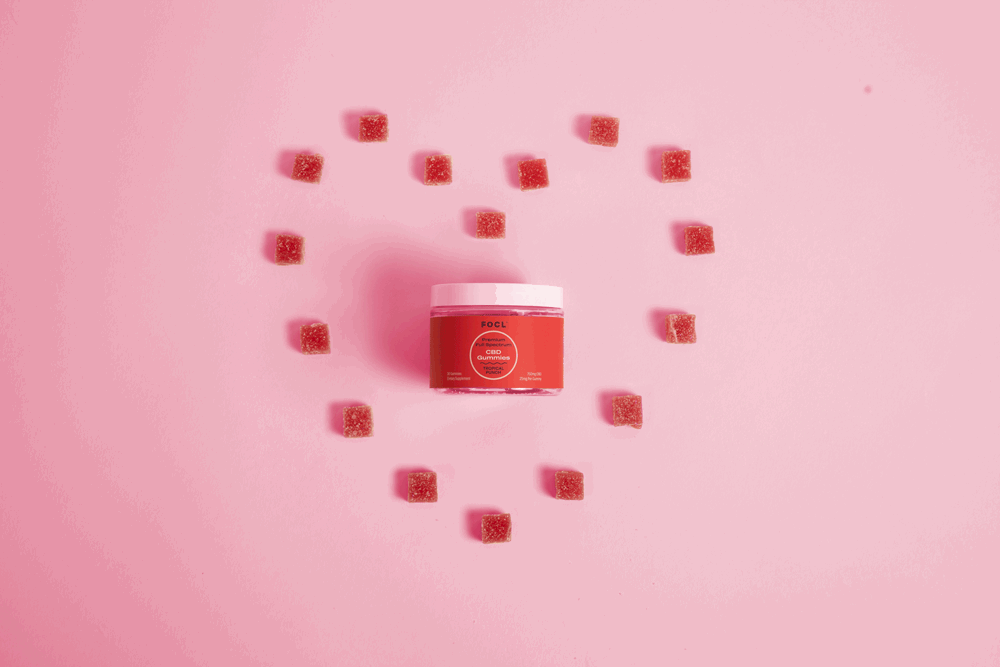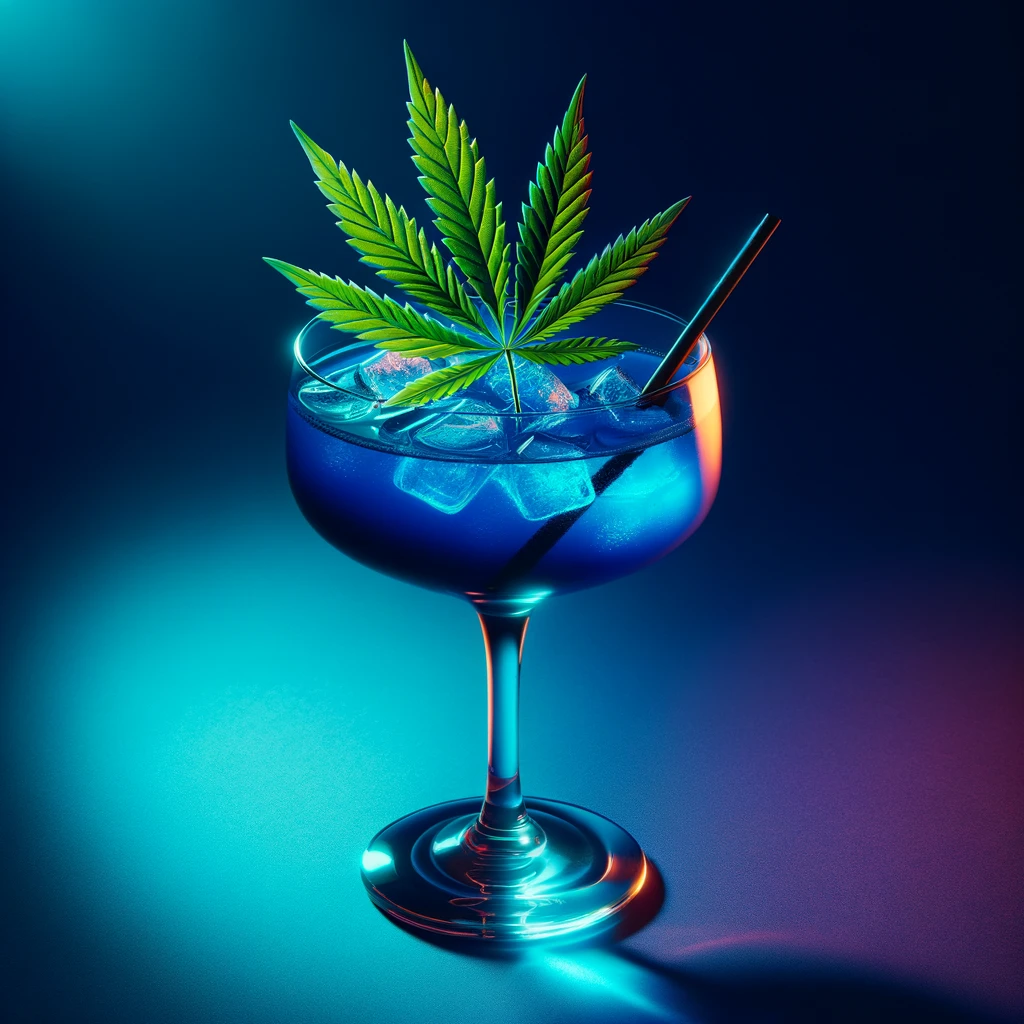Best Practices for Capturing Cannabis Product Photography
- Erin & Jake
- Aug 22, 2024
- 9 min read
Updated: Aug 23
The Art of Cannabis Product Photography:
Best Practices for Capturing Stunning Shots
Cannabis product photography is a specialized field that requires a keen understanding of both the product and the audience. As the cannabis industry grows, so does the need for high-quality imagery that not only showcases products but also tells a brand's story.
Whether you're a professional cannabis photographer or a cannabis brand looking to elevate your visual content, understanding the best practices for cannabis product photography is essential. This blog post will delve into the top practices to ensure your cannabis product images stand out in a crowded market. Table of Contents:
1. Understand Your Audience and Brand Identity
Before you even pick up your camera, it's crucial to have a clear understanding of who your audience is and what your brand represents. Cannabis products cater to a wide range of consumers, from medical patients to recreational users, each with different expectations and needs. Your cannabis product photography should reflect the values, lifestyle, and preferences of your target audience.
Professional Tip: Create a mood board or style guide that aligns with your brand identity. Include color palettes, textures, and example images that resonate with your target audience. This will serve as a reference throughout your photography process.
2. Use High-Quality Equipment
Quality cannabis photography starts with quality equipment. While you don't need the most expensive gear, investing in a good camera, lenses, and lighting equipment will significantly impact your results. A DSLR or mirrorless camera with a macro lens is ideal for capturing the intricate details of cannabis flowers, edibles, and concentrates.
Professional Tip: A macro lens is particularly useful for cannabis product photography as it allows you to capture close-up shots with incredible detail, highlighting the trichomes, colors, and textures of the product.
3. Master Lighting Techniques
Lighting is one of the most critical elements in photography. It can make or break your cannabis product photos. Natural light is often the best choice, especially when shooting in an outdoor setting or near a window. However, artificial lighting, such as softboxes or ring lights, can be essential for studio shoots to control shadows and highlights.
Professional Tip: Experiment with different lighting angles to find the best way to highlight the product's features. For example, backlighting can create a halo effect around the product, making it stand out against the background.
4. Focus on Composition and Framing
Composition refers to the arrangement of elements within your photo. Proper composition helps guide the viewer's eye to the most important parts of the image. The rule of thirds is a basic composition principle that suggests dividing your frame into nine equal parts and placing the subject along these lines or their intersections.
Professional Tip: Play with negative space (the empty area around the subject) to create a clean and focused image. This technique is particularly effective in cannabis product photography, where the product should be the star of the show.
5. Highlight the Product's Unique Features
Cannabis products are diverse, with each type having unique features that should be showcased in your photography. For example, the crystalline structure of trichomes, the vibrant colors of edibles, or the sleek packaging of a vape pen. Highlighting these features can set your product apart from the competition.
Professional Tip: Use cannabis macro photography to zoom in on the fine details of cannabis flowers, such as the trichomes and pistils. These details are often what consumers look for when assessing product quality.
6. Pay Attention to Backgrounds and Props
The background and props used in your cannabis product photography can enhance or detract from the final image. A clean, uncluttered background is often best, allowing the product to stand out. However, the right props can add context and tell a story, especially when aligned with your brand's lifestyle or message.
Professional Tip: When choosing props, less is often more. Select items that complement the product without overshadowing it. For example, a rustic wooden surface might enhance the organic feel of a cannabis flower, while sleek, modern props might be better suited for a vape pen.
7. Utilize Post-Processing for a Polished Look
Even the best photos can benefit from some post-processing to enhance colors, sharpness, and overall quality. Tools like Adobe Lightroom or Photoshop are industry standards for editing and retouching photos. However, it's essential to strike a balance between enhancement and authenticity—over-editing can lead to unrealistic images that may mislead consumers.
Professional Tip: Use post-processing to correct minor imperfections, such as adjusting the white balance, enhancing the vibrancy of colors, or removing any distracting elements from the background. Always aim for a natural look that stays true to the product's real appearance.
8. Showcase Products in Use
While standalone cannabis product photography are essential, lifestyle photography that shows the product in use can be just as powerful. These images help potential customers visualize how the product fits into their daily lives and can be particularly effective for social media and marketing campaigns.
Professional Tip: Capture candid moments that feel genuine and relatable. For example, a shot of someone rolling a joint, applying a CBD balm, or enjoying an edible in a relaxed setting can make the product feel more accessible and desirable.
9. Consider the Legal and Ethical Implications
Cannabis photography, like all cannabis marketing, must navigate a complex legal landscape. Ensure that your images comply with local regulations, especially concerning advertising to minors or making health claims. Additionally, consider the ethical implications of your photography, such as promoting responsible use.
Professional Tip: Work with a legal advisor or compliance expert to ensure your cannabis photography adheres to all relevant laws and regulations. This is particularly important when creating content for advertising or social media.
10. Experiment with Different Angles and Perspectives
Variety is key to keeping your cannabis photography engaging. Don't be afraid to experiment with different angles and perspectives to find the most flattering view of your product. This might mean shooting from above, below, or at eye level, depending on the product and the story you want to tell.
Professional Tip: A popular technique in cannabis photography is the "hero shot," where the product is shot from a low angle, making it appear larger and more dominant in the frame. This technique works well for showcasing the product's importance and quality.
11. Optimize Images for Different Platforms
Different platforms have different requirements for image size, resolution, and format. Whether you're shooting for a website, social media, or print, it's important to optimize your images accordingly. High-resolution images are essential for print, while web images should be compressed for faster loading times without sacrificing quality.
Professional Tip: Create a set of templates for resizing and formatting images for different platforms. This ensures consistency across your cannabis marketing materials and saves time in the long run.
12. Capture a Range of Shots
When photographing cannabis products, it's beneficial to capture a variety of shots to provide a comprehensive view of the product. This might include wide shots, close-ups, and detailed macro cannabis photos. Offering a range of perspectives allows potential customers to fully appreciate the product before making a purchase.
Professional Tip: Plan your shoot to include multiple angles and distances for each product. This will give you more options during the selection and editing process, ensuring you have the perfect shot for every need.
13. Use a Consistent Style Across Your Portfolio
Consistency is key when building a brand identity. Your photography style should be consistent across all your images, creating a cohesive look that is instantly recognizable to your audience. This includes everything from lighting and composition to color grading and props.
Professional Tip: Develop a style guide that outlines your preferred settings, lighting setups, and editing techniques. This guide can be shared with other cannabis photographers or team members to maintain consistency across all visual content.
14. Highlight Sustainability and Ethical Practices
As the cannabis industry becomes more conscious of sustainability and ethical practices, it's important to reflect these values in your photography. This might include showcasing eco-friendly packaging, organic products, or highlighting your brand's commitment to social responsibility.
Professional Tip: Incorporate elements of nature or sustainable materials into your photoshoots to emphasize your brand's commitment to the environment. This could be as simple as using recycled paper props or shooting in natural settings.
15. Prepare for Seasonal and Thematic Shoots
Seasonal and thematic photography can be a powerful way to connect with your audience and keep your content fresh. Plan ahead for holidays, product launches, or special promotions, and tailor your photography to match the theme.
Professional Tip: Create a content calendar that includes key dates and themes throughout the year. This allows you to plan your shoots in advance and ensures you have timely and relevant content ready to go.
16. Incorporate User-Generated Content
User-generated content (UGC) can be an excellent addition to your professional photography. Encourage your customers to share their own photos of your products and feature them on your website or social media. UGC not only builds community but also provides authentic, real-world images of your products in use.
Professional Tip: Run a social media contest or campaign encouraging customers to submit their photos. Offer incentives, such as discounts or free products, to increase participation.
17. Stay Updated on Industry Trends
The cannabis industry is rapidly evolving, and so are the trends in cannabis product photography. Stay informed about the latest developments in both photography and cannabis to keep your content fresh and relevant.
Professional Tip: Follow industry blogs, attend cannabis and photography conferences, and network with other professionals to stay ahead of the curve. Regularly update your portfolio with new techniques and styles to reflect current trends.
18. Collaborate with Other Creatives
Collaboration can lead to new ideas and perspectives that you might not have considered on your own. Working with other creatives, such as stylists, designers, or influencers, can elevate your cannabis product photography and introduce your brand to new audiences.
Professional Tip: Reach out to local creatives in the cannabis community or related industries. A collaborative project, such as a photoshoot or campaign, can benefit all parties involved by combining different skills and audiences.
19. Test and Iterate
Cannabis photography is both an art and a science, and finding the perfect shot often requires experimentation and iteration. Don't be afraid to test different setups, lighting, and compositions to see what works best. Analyze the results and refine your approach based on what resonates most with your audience.
Professional Tip: After each photoshoot, review your images critically. Identify what worked well and what could be improved. Use this feedback to inform your next shoot, continuously improving your skills and results.
20. Tell a Story
At the end of the day, the most compelling cannabis product photos are those that tell a story. Whether it's the journey from seed to sale, the lifestyle your product supports, or the craftsmanship that goes into every batch, your images should convey more than just a product—they should convey a narrative.
Professional Tip: Consider the story you want to tell before you start shooting. This could be the history of the strain, the benefits of the product, or the culture surrounding its use. Use your photography to bring that story to life in a way that resonates with your audience.
Conclusion: Best Practices for Capturing Cannabis Product Photography
Cannabis product photography is a unique and challenging field that requires a blend of technical skill, creativity, and an understanding of the cannabis industry. By following these best practices, you can create stunning images that not only showcase your products but also elevate your brand. Remember, the key to successful cannabis product photography is not just capturing the product but capturing the essence of what it represents. Whether you're aiming for a clean, professional look or a more lifestyle-oriented approach, these tips will help you create images that truly resonate with your audience.
With these best practices in mind, you're well on your way to mastering the art of cannabis product photography. Whether you're shooting for a small boutique brand or a large-scale operation, the principles outlined in this post will help you create compelling visuals that drive engagement, build brand loyalty, and ultimately, boost sales.
Cannabis Photographers
Specializing in cannabis photography, cannabis videography and cannabis drone services in California.
Visit Our Website:






















Comments